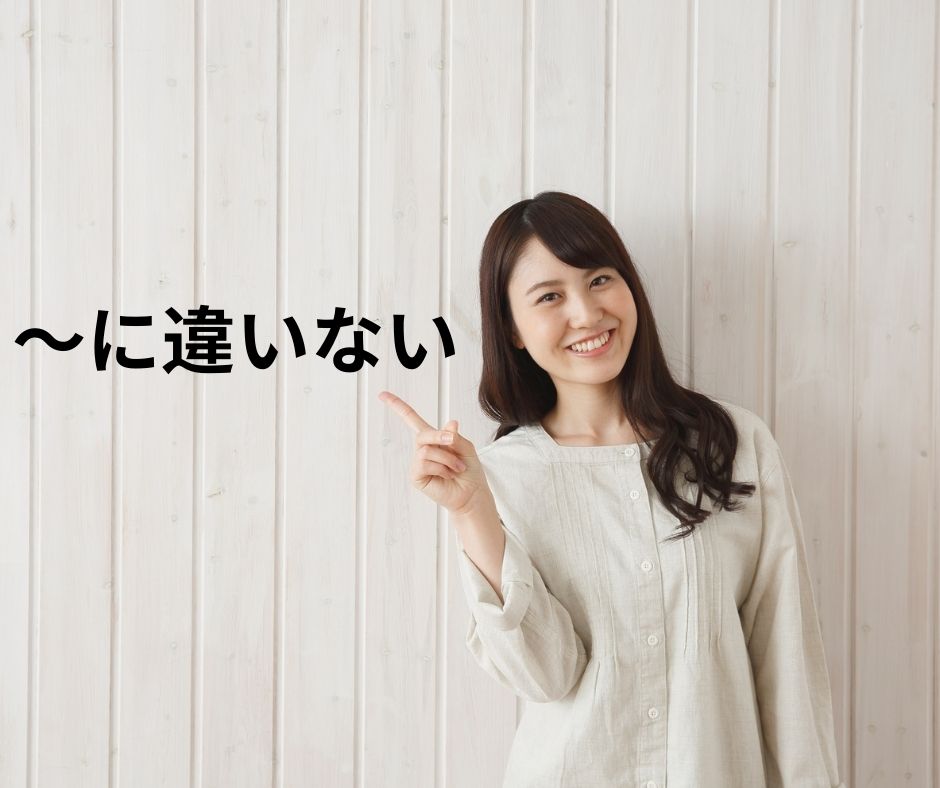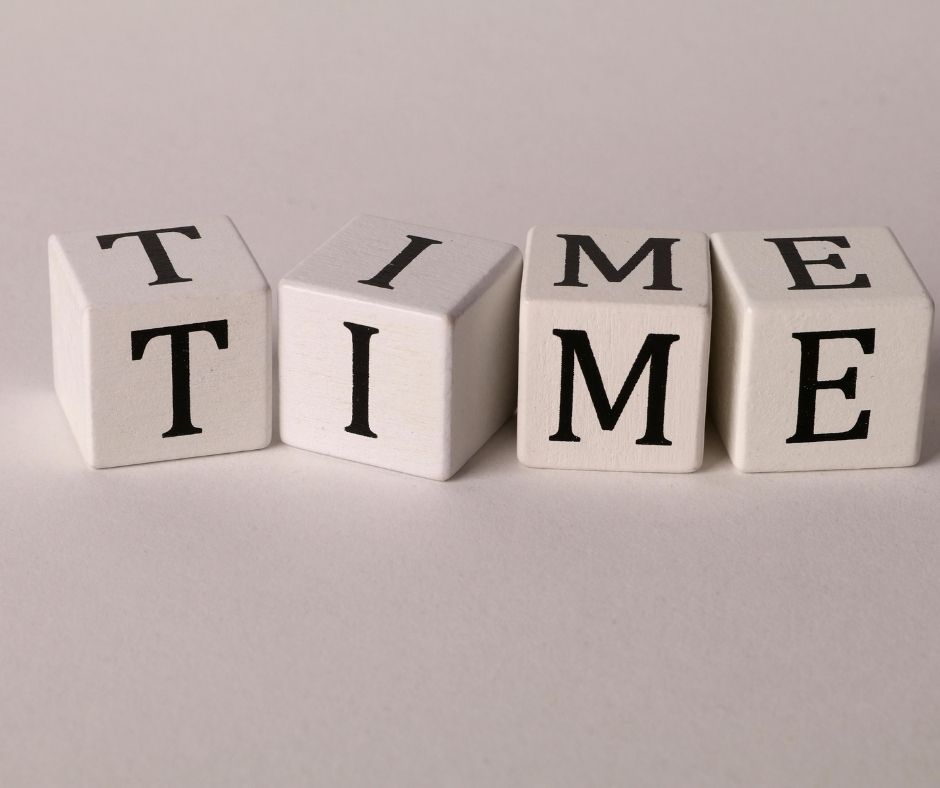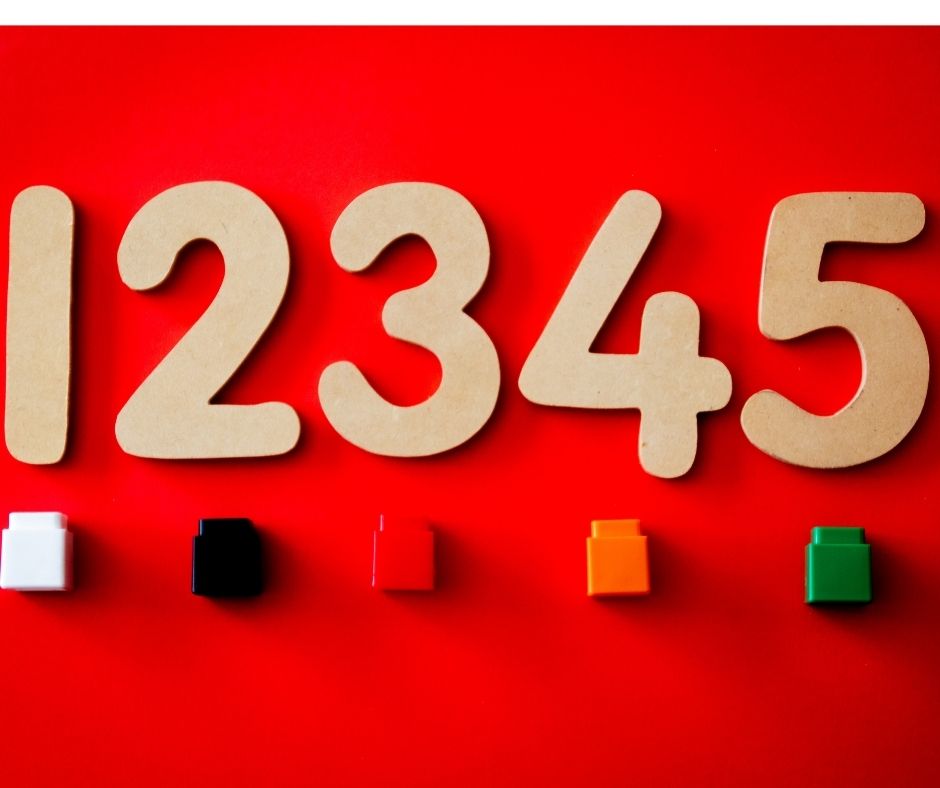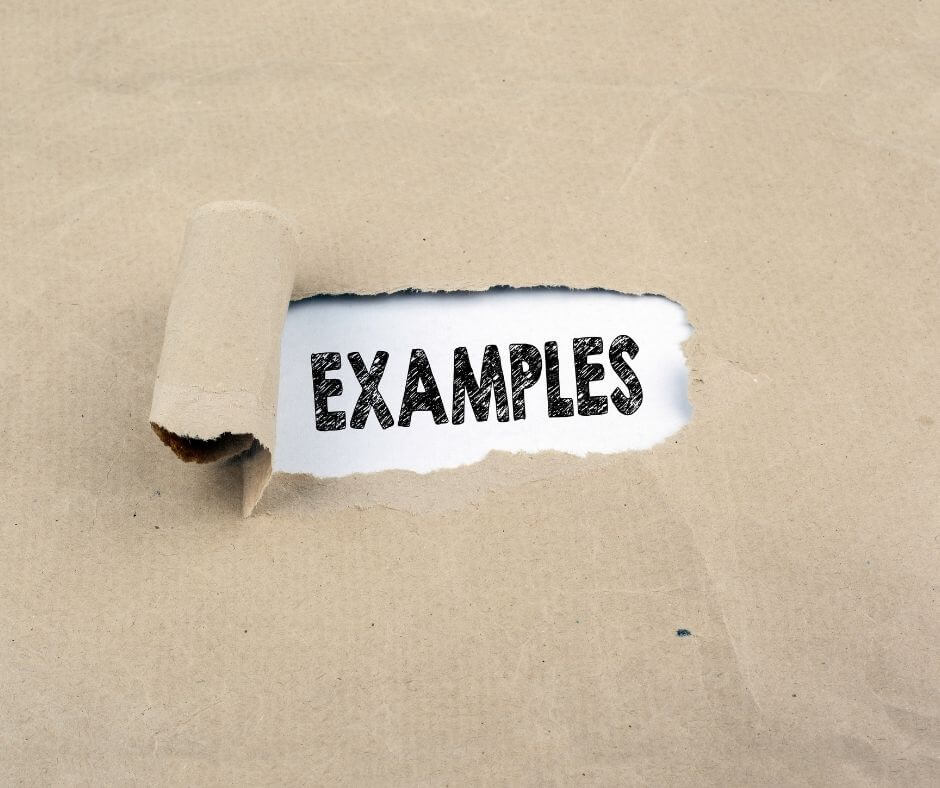September 19, 2025
No Comments
Using 〜に違いない to Express Certainty in Japanese
Discover how to use 〜に違いない in Japanese to express certainty with clear, natural examples for everyday situations.
Read MoreSeptember 17, 2025
No Comments
Useful Japanese Expressions with “Time”
Learn useful Japanese time expressions like 早めに, 遅くとも, 今にも, ずっと, and more to speak naturally and understand timing nuances.
Read MoreSeptember 15, 2025
No Comments
Expressions with Numbers in Japanese
Discover Japanese expressions with numbers like 一石二鳥, 三日坊主, 七転八起, and more. Learn their meanings and how to use them in daily life.
Read MoreSeptember 13, 2025
No Comments
How to Express the Five Senses in Japanese with ~がする
Learn how to use ~がする in Japanese to express the five senses—sound, voice, smell, taste, and feeling. Natural examples and tips make speaking more fluent.
Read MoreSeptember 11, 2025
No Comments
Here is the difference : ~たり~たり vs ~とか~とか in Japanese
Learn the difference between ~たり~たりする and ~とか~とかする in Japanese. Understand their nuance, usage, and natural examples.
Read MoreSeptember 9, 2025
No Comments
Master ~ようにする : Effort and Habits in Japanese
Learn how to use ~ようにする in Japanese to express effort, habits, and goals. Master this grammar to sound natural and intentional.
Read More









